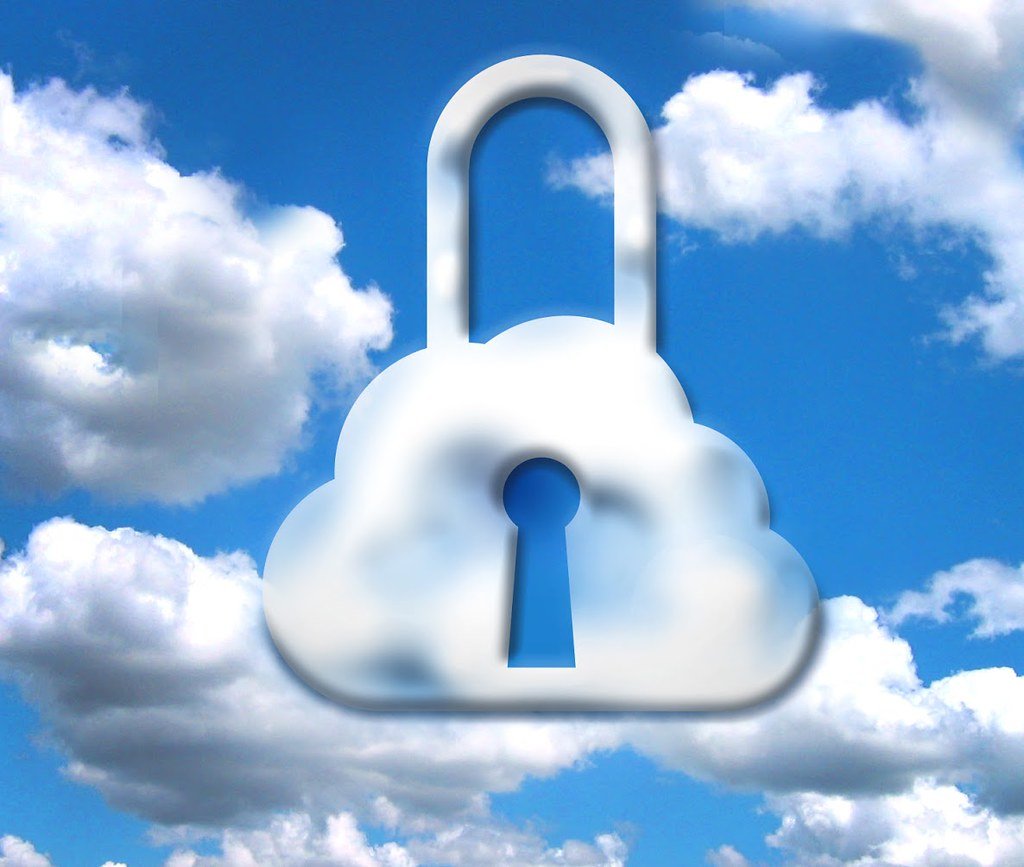Introduction
The Internet of Things (IoT) has emerged as a game-changer in various industries, including healthcare. With the integration of IoT devices and technologies, patient care has been transformed, leading to improved outcomes and enhanced monitoring of vital signs. This blog post will explore the impact of IoT in healthcare and how it is revolutionizing patient care.
Enhanced Patient Care
IoT devices have revolutionized patient care by providing real-time monitoring and data collection. These devices can track vital signs such as heart rate, blood pressure, and oxygen levels, allowing healthcare professionals to monitor patients remotely. This real-time data enables early detection of any abnormalities or warning signs, leading to timely interventions and improved patient outcomes.
Remote Patient Monitoring
One of the significant benefits of IoT in healthcare is remote patient monitoring. IoT devices can be used to monitor patients in their homes, reducing the need for frequent hospital visits. This is particularly beneficial for patients with chronic conditions who require continuous monitoring. With IoT devices, healthcare professionals can remotely monitor patients’ vital signs and receive alerts in case of any deviations from normal ranges. This not only improves patient comfort but also reduces healthcare costs.
Improved Medical Treatment Outcomes
IoT devices have also contributed to improved medical treatment outcomes. With the help of IoT-enabled devices, healthcare professionals can gather accurate and real-time data about patients’ conditions. This data can be analyzed to identify patterns, trends, and correlations, leading to more personalized and effective treatment plans. Additionally, IoT devices can be used to deliver medication reminders and monitor medication adherence, ensuring that patients follow their prescribed treatment plans.
Efficient Resource Utilization
The integration of IoT in healthcare has also led to efficient resource utilization. With real-time data collection and remote monitoring, healthcare professionals can allocate their resources more effectively. For example, instead of regular check-ups, patients can be monitored remotely, allowing healthcare professionals to focus on patients who require immediate attention. This not only improves efficiency but also reduces the burden on healthcare facilities.
Challenges and Considerations
While IoT has immense potential in healthcare, there are also several challenges and considerations that need to be addressed. Data security and privacy are major concerns, as the collection and transmission of sensitive patient data increase. Healthcare organizations need to implement robust security measures to protect patient information. Additionally, interoperability and standardization of IoT devices and platforms are essential to ensure seamless integration and data exchange.
Conclusion
The Internet of Things (IoT) is transforming patient care in the healthcare industry. With real-time monitoring, remote patient monitoring, improved treatment outcomes, and efficient resource utilization, IoT devices have revolutionized healthcare practices. While there are challenges to overcome, the potential benefits of IoT in healthcare are undeniable. As technology continues to advance, we can expect further advancements and innovations in IoT, leading to even better patient care and outcomes.







